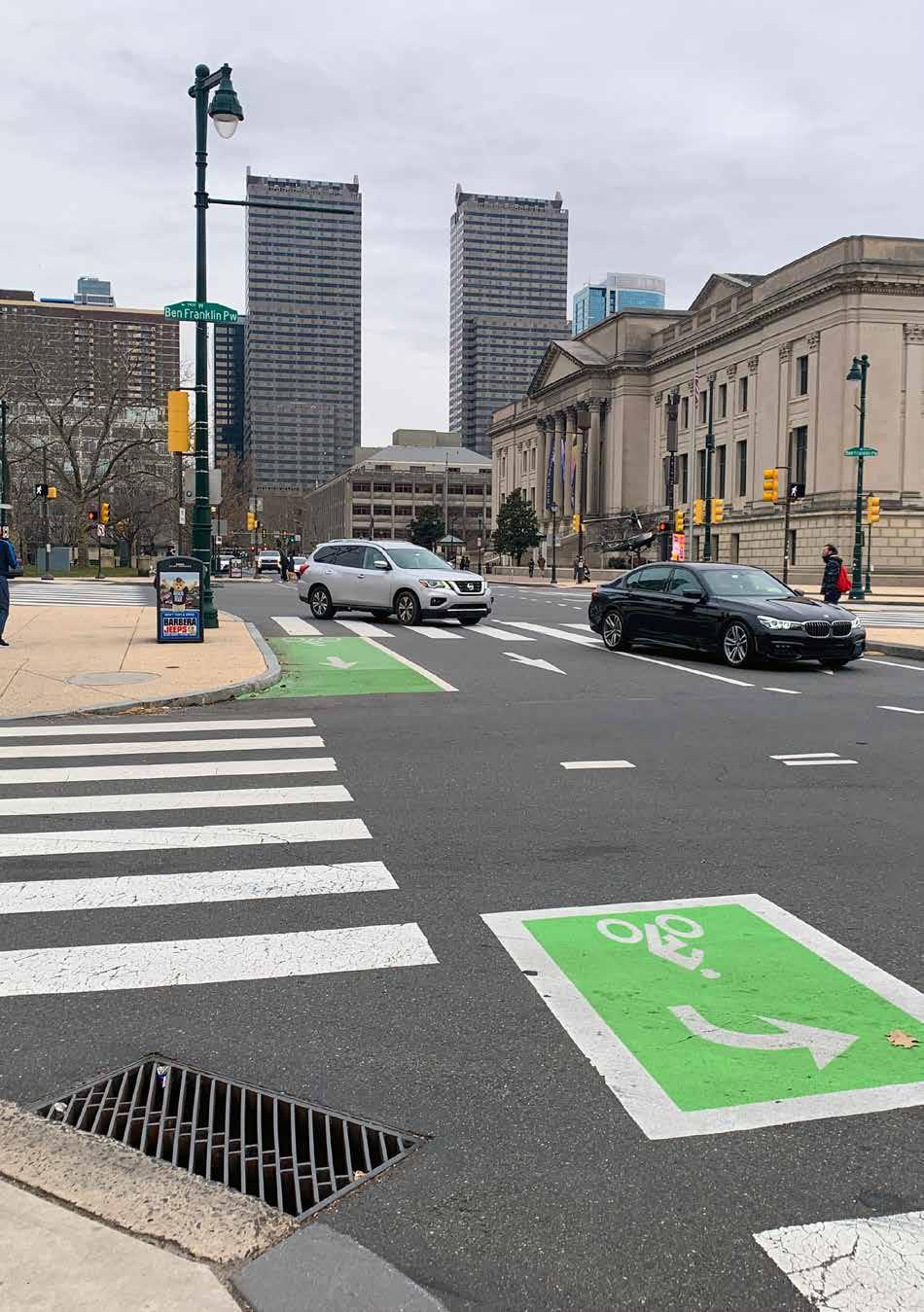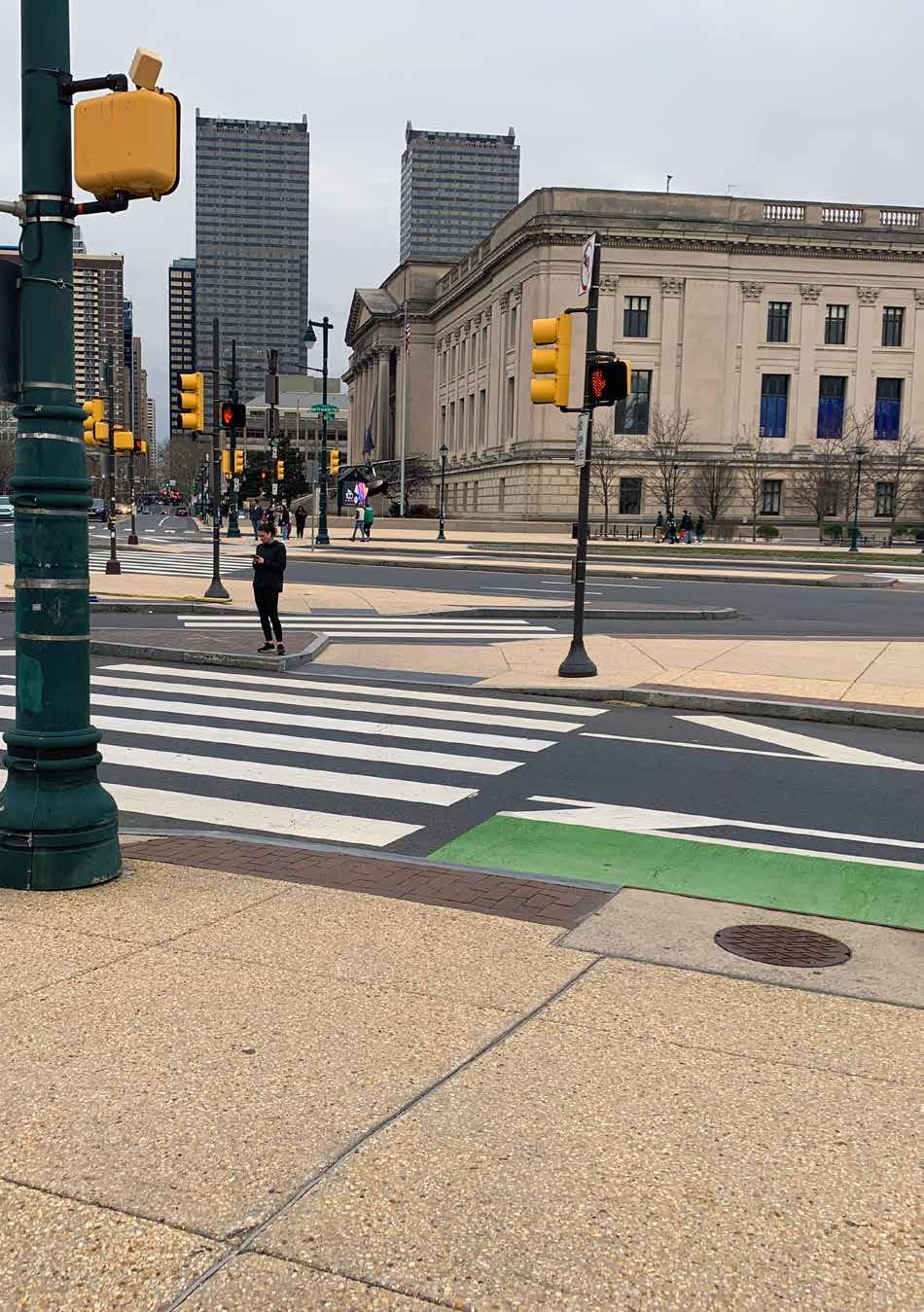
1 minute read
PUBLIC SURVEY I
Planning Process Part 1 Launch & Discovery: What Have We Heard
Common Themes: Amenities and Activities (continued)
Advertisement
• An overwhelming presence of cars on the Parkway was identified as the reason why people do not visit the Parkway.
• Pop up events, art and cultural events/gatherings and institutional programs are the preferred activities of all users.
• Those that live near the Parkway prefer and desire more parking, connections to trails, food and beverage options, shaded areas and trees, and more small parks and green spaces.

10
1,000+
Public Survey 1 pocket cards distributed
5,584
53
Languages other than English offered Digital survey submissions received Paper Survey submissions received
Takeaways from the pop-up launch and charrettes (1. Infrastructure; 2. Programming, Economics and Activation; 3. Parks and Open Space; 4. Urban Design and Landscape Architecture) included desires for:
• More lighting and programming for nighttime activities
• Protected pedestrian-only areas
• Improved wayfinding and signage
• Improved traffic calming measures
• Strengthened connections to the Schuylkill River
• More connective facilities such as kiosks
• More food and beverage options
• More programmed spaces for activations
• Measures to reduce urban heat island
The expansive offering of citywide and community-based public events proved essential to reaching the diverse communities of Philadelphia. The design team attended and distributed project updates at Welcome America, Made in America, the Ukrainian Flag Raising, Nicetown Back to School Block Party, Midsummer Movie Night at Parkway Central Library, and Thanksgiving Day Parade. These events proved as a necessary means in maintaining project momentum and visibility, served as recruitment tools for the Community Ambassador Program (25 ambassadors signed up), and aided in broadening the demographics of respondents to the first public survey, particularly a younger audience.
Parkway operator discussions and surveys helped the design team identify the priorities of institutional tenants on and near the Parkway who operate facilities and concurrent programming. Reoccurring themes included:
• Parkway identity and the use of events to boost institutional publicity
• Traffic, transit, and navigation
• Infrastructure and amenities
• Safety and event impacts
• Need for better-connected, accessible transit
• Need for improved pedestrian signage and wayfinding
• Need for readily available street closure information
• Need for an increased presence of emergency personnel






